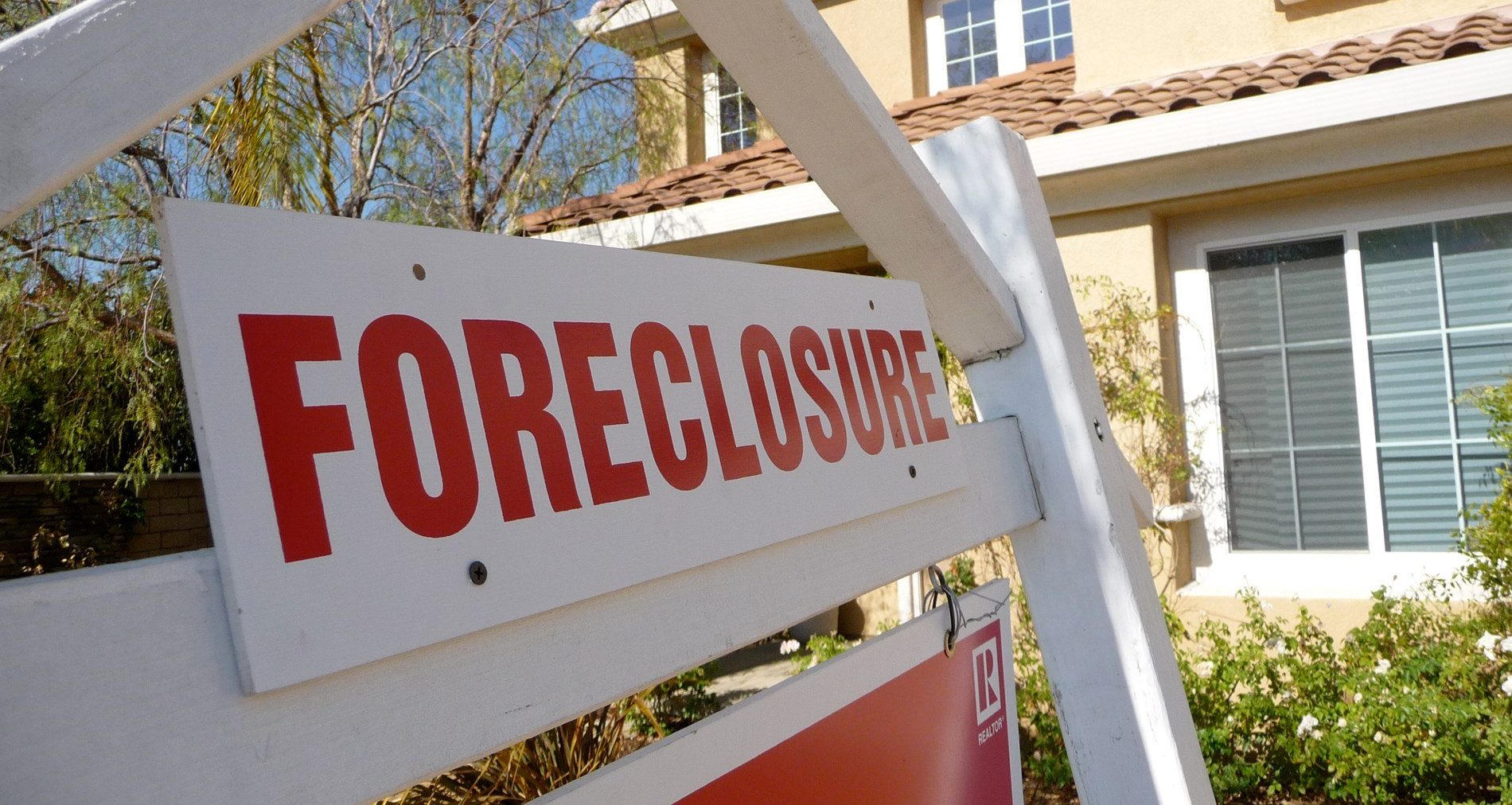
The last time the economy blew up was back in 2008. Most of our readers probably remember it– the global financial system almost collapsed.
Just prior to the 2008 crisis, housing was in a major, worldwide bubble. Central banks around the world had cut interest rates to near-zero levels, making it incredibly cheap to borrow money.
By 2005, lenders offered mortgages with teaser rates as low as 0.9%. And demand was furious. Buyers gobbled up homes as quickly as they came on the market, and housing prices reached all-time highs.
The housing market was so hot in the early 2000s that lenders stopped requiring borrowers to make a 20% down payment, and even extended these terms to borrowers with terrible credit.
Soon, banks were lending more than 100% of a home’s value, at ridiculously low mortgage rates, to borrowers who had a track record of not paying their debts, at a time when housing prices were at record highs.
What could have possibly gone wrong?!!?!??
Eventually, the housing market went bust, and millions of people around the world stopped paying their mortgages.
Suddenly the homes were worth less than their mortgages, and banks were sitting on trillions of dollars worth of losses.
Several banks collapsed, and the whole financial system almost went down with them… triggering one of the biggest financial crises in history.
Asset prices everywhere crashed. Real estate prices fell. Global stock markets sank; the S&P 500 in the United States shed 57% of its value, losing more than a decade worth of gains.
And most major commodities fell too– from oil to copper to cotton. Even gold and silver fell. Investors were in a panic, and many of them were forced to sell everything to raise cash.
Due to all the panic selling, silver fell by roughly 50%, and gold about 30%.
But by October 2008, governments and central banks around the world announced unprecedented stimulus programs. Government debt surged to levels never before seen in the history of the world, and central banks conjured trillions of dollars, euros, pounds, and yen out of thin air.
It was at this point that both gold and silver began rising rapidly.
You might also recall that inflation began to increase as a result of all this new debt and money printing.
In particular, food and fuel prices soared. In just six months from September 2010 to March 2011, for example, gasoline prices in the US rose 50%, from $2.61 to nearly $4. It was painful.
But the people responsible for creating such havoc were totally clueless.
In March 2011, the President of the Federal Reserve Bank of New York held a press conference to downplay everyone’s concerns and insist that inflation wasn’t a problem.
As proof, he told the audience that the price of an iPad 2 was lower than the price of an iPad 1… therefore (in his view) prices were actually falling.
It became known as the “Let them eat iPad” speech, and prompted one reporter to ask, “When was the last time, sir, that you went grocery shopping?” And another to exclaim, “I can’t eat an iPad!”
Real assets performed very well during this period. Though there were some exceptions.
The housing market bust was so severe that residential real estate prices in most of the world declined for several years.
The median home price in the United States, for example, didn’t start to rise again until 2012– more than four years after the crisis started.
But raw land, and especially farmland, performed very well.
Precious metals also rose dramatically. Even though they both fell in the early days of the crisis, the price of gold would more than double in value, and the price of silver increased more than 5x.
We can’t say, of course, that this is exactly the scenario that will unfold this time around. The circumstances are obviously different.
But one key similarity between the financial crisis of 2008 and today is the tidal wave of debt and money printing.
Today they’re printing far more money than they printed back in 2008, because, frankly, the scope of the crisis is much greater.
By the end of 2019 there was a record $250 trillion worth of debt worldwide; that amount includes the value of all government debt, corporate debt, consumer debt, home mortgages, etc. worldwide.
If even a small percentage of that debt ends up going to money heaven, the losses will completely dwarf the 2008 financial crisis.
That’s why the Federal Reserve has already printed $2.5 trillion in the last two months alone. They’re trying to print money to cover the losses and less the economic impact of the pandemic.
They’ve also slashed interest rates to zero, and the futures market expects that rates will turn NEGATIVE by January.
It seems clear that central banks will print whatever it takes to ease the crisis.
And that could mean a lot of things. Perhaps we’ll see a return to the 1970s style stagflation (which we talked about last week.)
Or perhaps we’ll see a conditions similar to what happened in the last financial crisis.
There are plenty of possibilities, and no one knows for sure exactly what will happen next.
But if history is any guide, real assets typically perform very well when central banks print incomprehensible sums of money.
